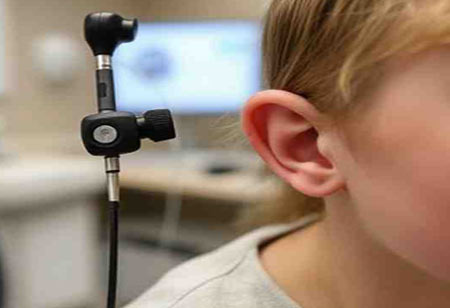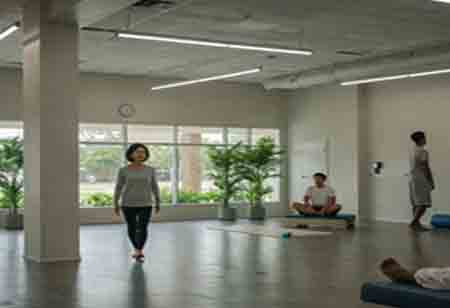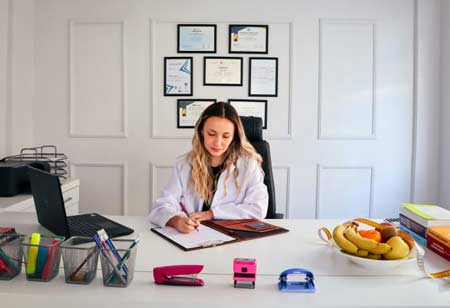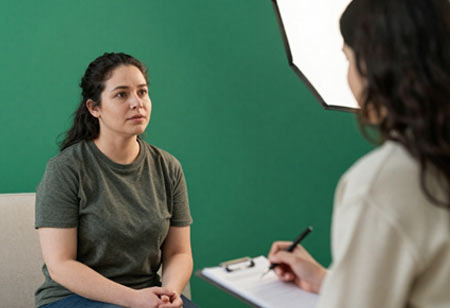The Future of Audiology: Digital Innovations and Telehealth Solutions
Technological advancements in audiology are improving care and transforming hearing healthcare, offering precise solutions and enhancing the well-being of individuals with hearing loss.

By
Medical Care Review | Wednesday, October 22, 2025
Stay on top of your health and well-being with exclusive feature stories on the top medical clinics and treatment centers, expert insights and the latest news delivered straight to your inbox. Subscribe today.
Fremont, CA: Audiology centers with state-of-the-art tools and innovations improve patient outcomes, enhancing the hearing healthcare experience. One of the most notable advancements in audiology has been the development of digital hearing aids. Unlike their analog predecessors, digital hearing aids process sound signals through sophisticated algorithms that can enhance speech clarity while minimizing background noise.
These devices connect wirelessly to Bluetooth-enabled smartphones, letting users stream music and calls directly to their hearing aids. Additionally, modern hearing aids often incorporate advanced features such as adaptive noise reduction, feedback cancellation, and directional microphones, which enhance user experience in various listening environments. Patients can customize their hearing aids through smartphone apps that allow for adjustments based on specific settings, be it a quiet room or a crowded restaurant. This personalization greatly improves life for individuals with hearing loss, helping them engage more confidently in social interactions.
Teleaudiology: Breaking Barriers in Access to Care
Telehealth has profoundly impacted various healthcare sectors, and audiology is no exception. It enables audiology centers to provide audiology services remotely through telecommunications technology. This innovation especially benefits those living in rural or underserved areas with limited access to audiology services. Through virtual consultations, audiologists can conduct hearing screenings, discuss results, and offer counseling without requiring patients to travel long distances.
Teleaudiology also extends to remote fitting and adjustment of hearing aids. Patients can receive support and fine-tuning their devices from the comfort of their homes, reducing the need for frequent in-person visits. This saves time and maximizes convenience for individuals with mobility issues or those who may find it challenging to attend appointments. As teleaudiology continues to evolve, it is poised to become an integral part of comprehensive hearing healthcare, making it more accessible to a broader range of individuals.
Innovative Diagnostic Tools: Precision in Hearing Assessments
The advancements in diagnostic technologies have revolutionized the accuracy and efficiency of hearing assessments. New tools such as real-ear measurement systems, otoacoustic emissions (OAE) testing, and auditory brainstem response (ABR) testing enable audiologists to gather precise data regarding an individual's hearing abilities. These tools facilitate early detection of hearing loss, which is critical for effective intervention.
One such noteworthy technology is artificial intelligence (AI), which diagnoses and manages hearing disorders. AI algorithms can analyze vast data, leading to more accurate assessments and personalized treatment plans. For instance, some AI-driven systems can predict hearing loss progression by examining historical patient data, allowing audiologists to make proactive recommendations. Integrating these innovative diagnostic tools enhances the clinical experience and empowers patients with tailored solutions that address their unique hearing challenges.







